Is Your Australian Home Too Hot in Summer and Too Cold in Winter? Here's What You Need to Know

The climate of Australia presents particular difficulties in preserving cosy interior temperatures. According to experts, almost 70% of residences in Australia were constructed prior to 2003. Unfortunately, according to the Nationwide House Energy Rating Scheme (NatHERS), the average Australian home constructed prior to 2003 only receives an average rating of 1.8 stars on a scale of 0 to 10.
Whereas, to live comfortably a house needs 6 star energy rating in Victoria, in that place zero-star residences offer very little to no protection from the weather. That's why this article explores the causes of the excessive heat in many Australian homes during the summer and the extreme cold during the winter, as well as solutions for these problems.
Reasons why most Australian homes don't feel cosy in both winters and summers
If you want to create a comfortable living environment for your living space, it's a must to understand the underlying causes. So, let's look at those first-
• Choosing Unsuitable Materials and House Designs
The local climate was not taken into consideration when designing many Australian dwellings. Indoor temperature extremes are made worse by the widespread use of materials that absorb and hold heat, such as concrete and brick. Furthermore, many homes' designs place little emphasis on airflow or insulation, which results in ineffective temperature control.
• Considering Economic Factors
Homeowners may be unable to make the necessary improvements due to financial limitations. In particular, lower-income households would find it difficult to pay for suitable heating and cooling equipment or even energy-efficient remodelling. In order to fix these inequities, government subsidies and incentives might be extremely important.
• Neglecting Energy Efficiency Rating
A significant number of Australian properties, particularly older ones, have low home energy rating. The issue gets worse by inefficient heating and cooling systems, single-glazed windows, and inadequate insulation. Temperature extremes can be reduced by increasing energy efficiency with improvements like double glazing, improved insulation, and effective HVAC systems.
• Varying Climate Based on Geography
Australia has a wide range of climate conditions due to its large geographic area. Every location experience distinct weather pattern that impact home temperatures, ranging from the tropical north to the temperate south. While homes in Melbourne have cooler winters, those in places like Darwin face intense heat and humidity.
• Following Trends in Historical Construction
The history of house construction in Australia has shaped contemporary concerns. Due to post-war housing booms, rapid and cost-effective construction was done with little consideration for long-term thermal comfort. These houses frequently lack energy-efficient features and adequate insulation.
• Changing Regulations and Policy
Many older homes are not up to contemporary standards, despite the fact that building norms and regulations have changed over time. Overall thermal comfort can be raised by enforcing energy efficiency regulations more strictly and offering incentives for older residences to be updated.
• Having Extreme Weather Conditions
Australia's extreme weather, such as scorching summers and chilly winters, makes it difficult for homes to stay comfortable. Many homes lack adequate insulation, shading, and climate-adaptive design, which leads to overheating in summer and poor heat retention in winter. This inconsistency causes discomfort and higher energy costs throughout the year.
8 Practical Solutions to Tackle the Temperature Discomfort in Your House
Now that you know all the reasons responsible for this uncomfortable temperature setting at your home, it's time to implement the right solutions. Let's look at those-
1. Check the Energy Rating
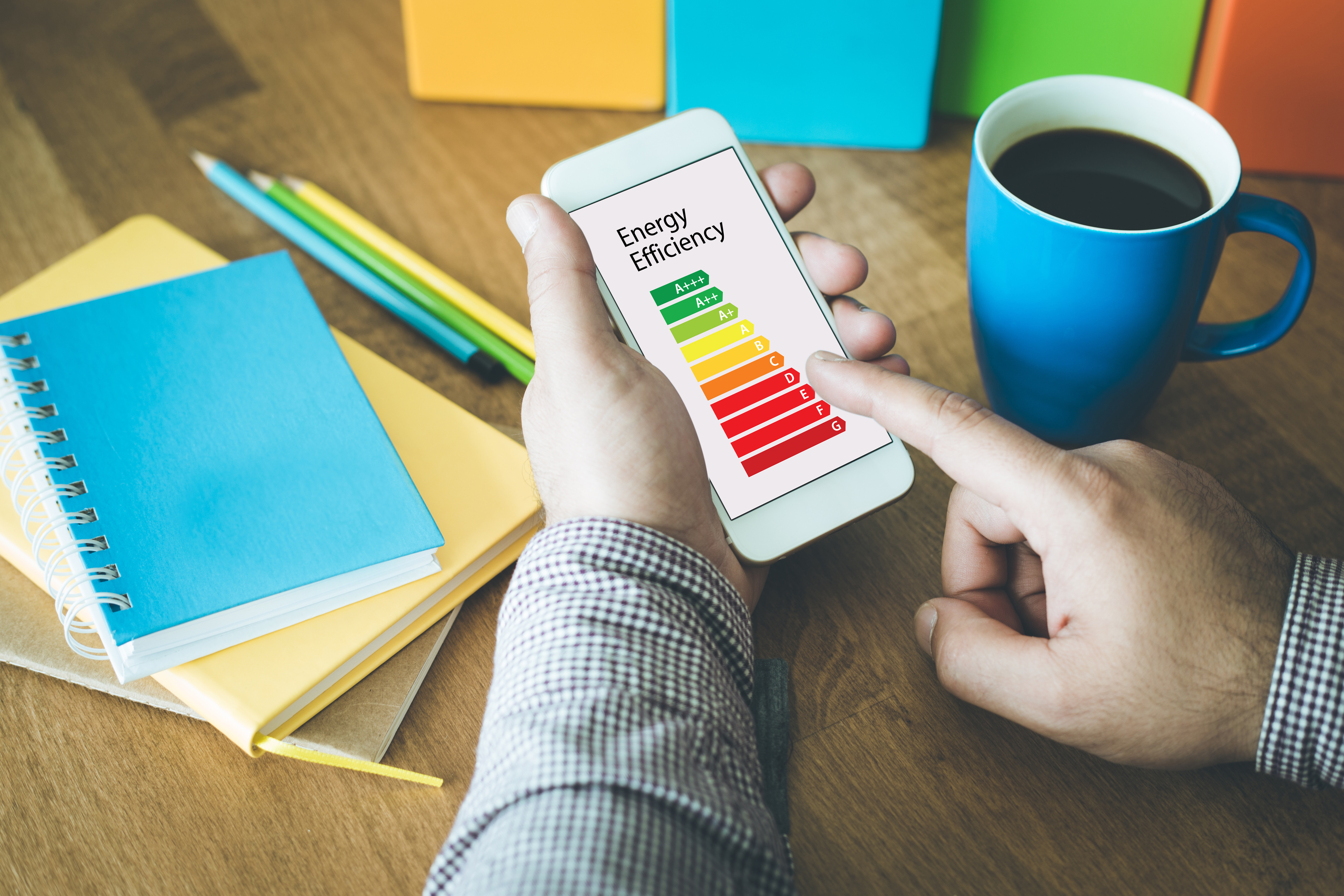
No matter if your home is constructed ages ago or just recently consider having an energy rating assessment to understand the condition. Homes with a higher energy rating are better insulated and energy efficient. Identifying the rating can help you detect areas that need improvement, such as insulation or window upgrades. This will ensure your home stays comfortable year-round while reducing energy bills.
2. Insulate Your Home
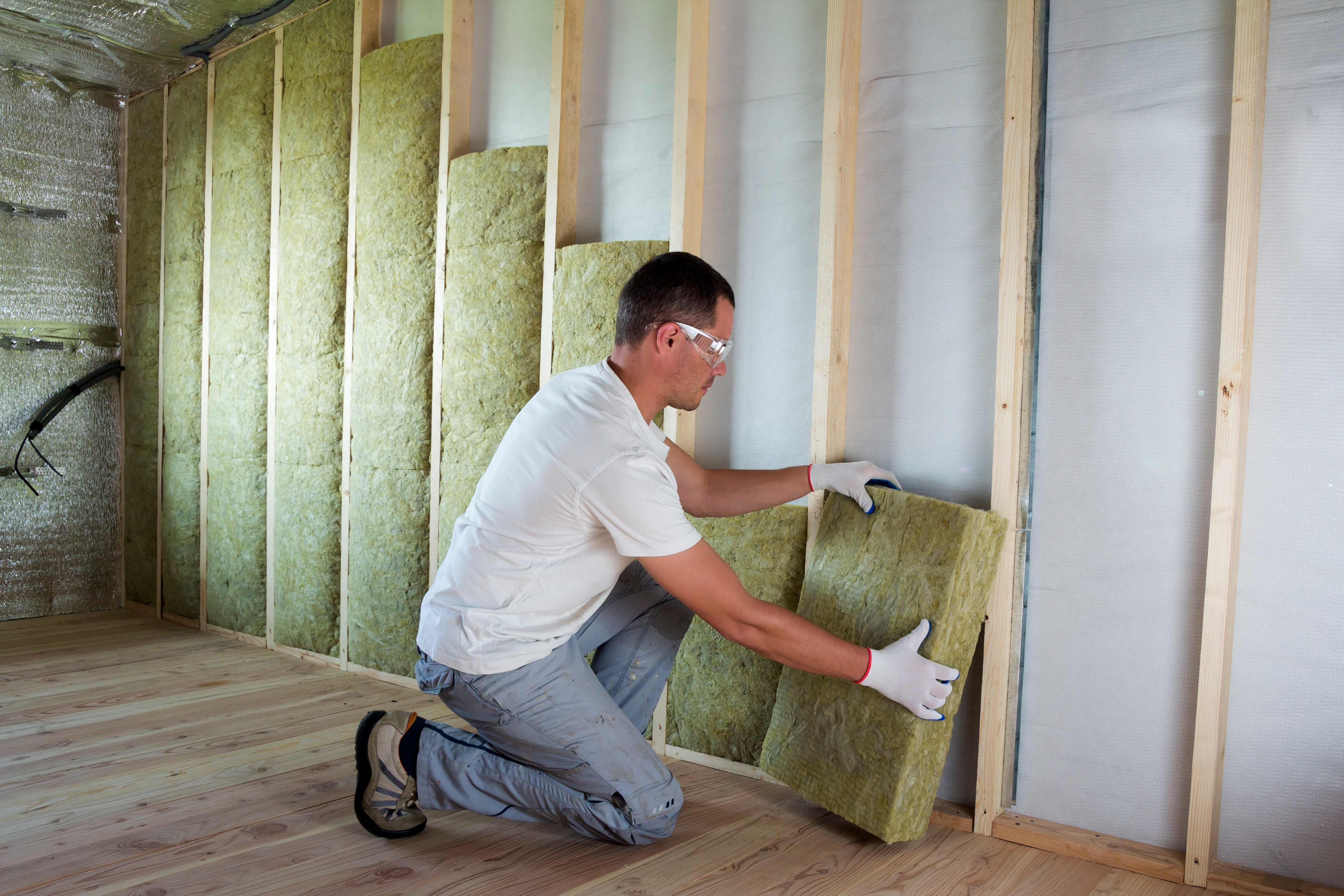
Installing proper insulation in the walls, roof, and floors is one of the most effective ways to keep your home cosy in both winter and summer. Insulation acts as a protection, slowing down the transfer of heat. For older homes, adding roof insulation or upgrading wall insulation can significantly improve comfort levels.
3. Seal Gaps and Drafts
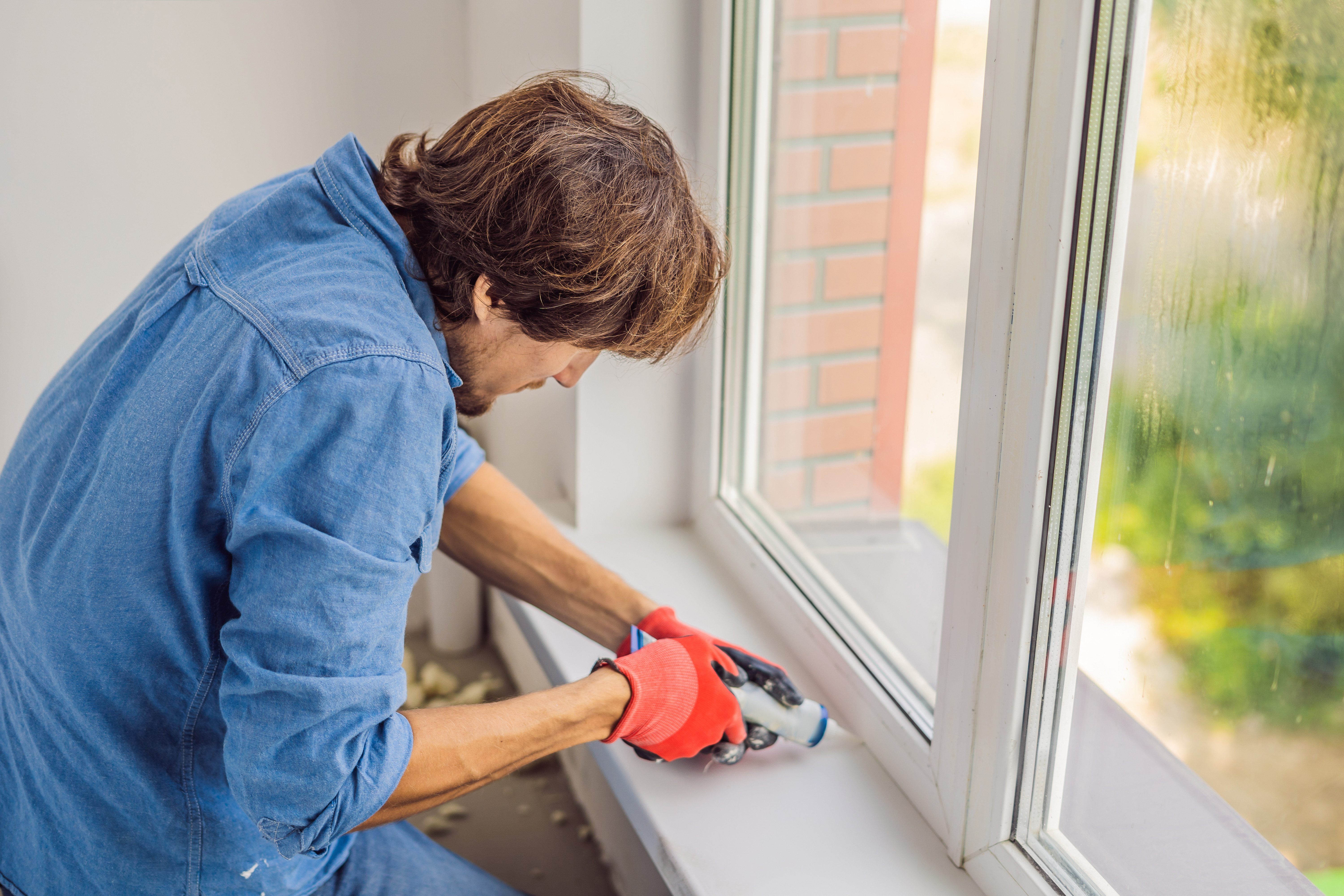
Gaps around doors and windows, as well as unsealed chimneys, can allow warm air to escape in winter and let in hot air during summer. Sealing these gaps properly with weather stripping is a cost-effective and easy way to improve your home's thermal performance.
4. Upgrade Windows
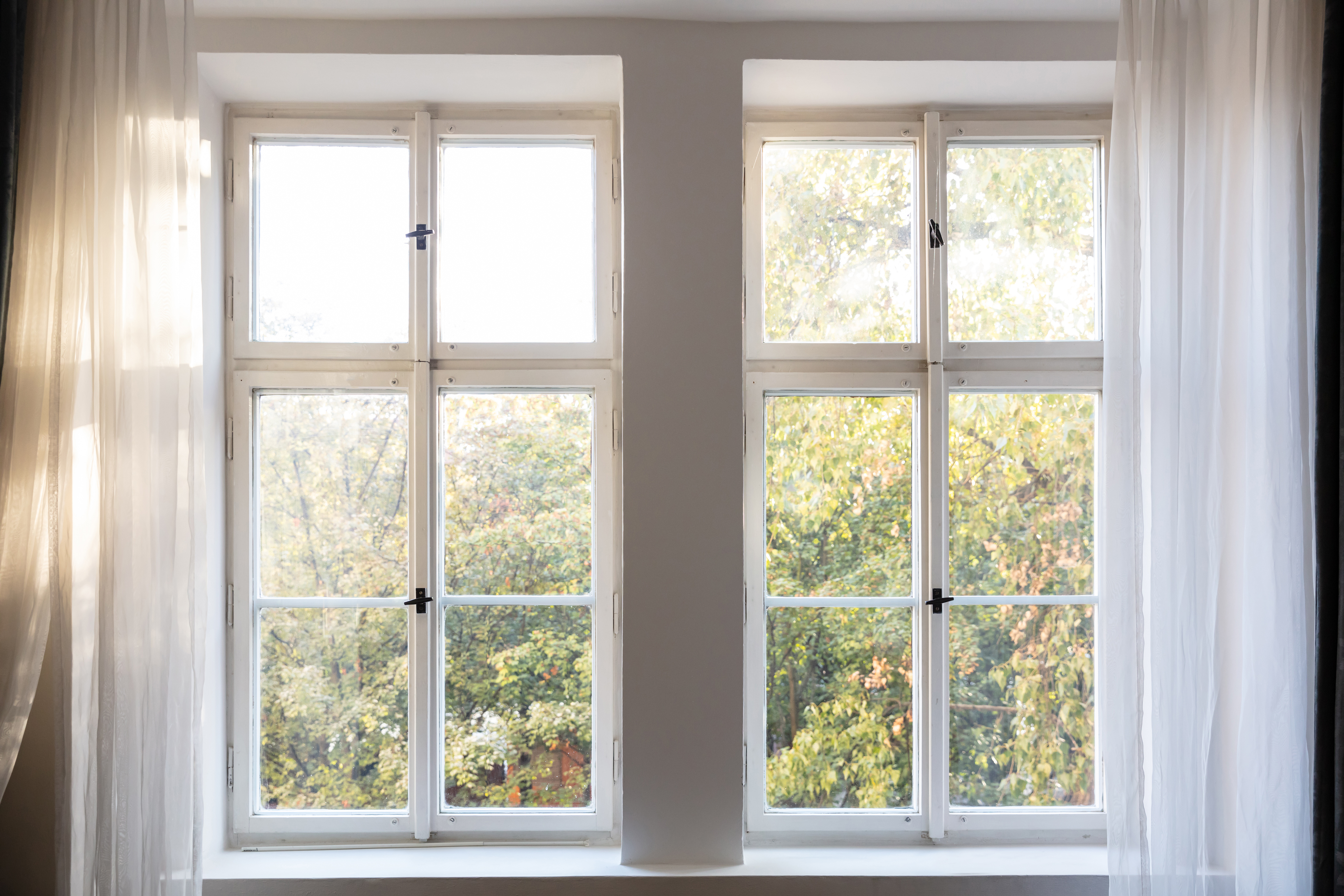
Replacing single-glazed windows with double-glazed or even triple-glazed ones can greatly enhance your home's energy efficiency. These windows trap air between the panes, providing an insulating barrier that helps keep your home's temperature consistent.
5. Use Blinds and Curtains
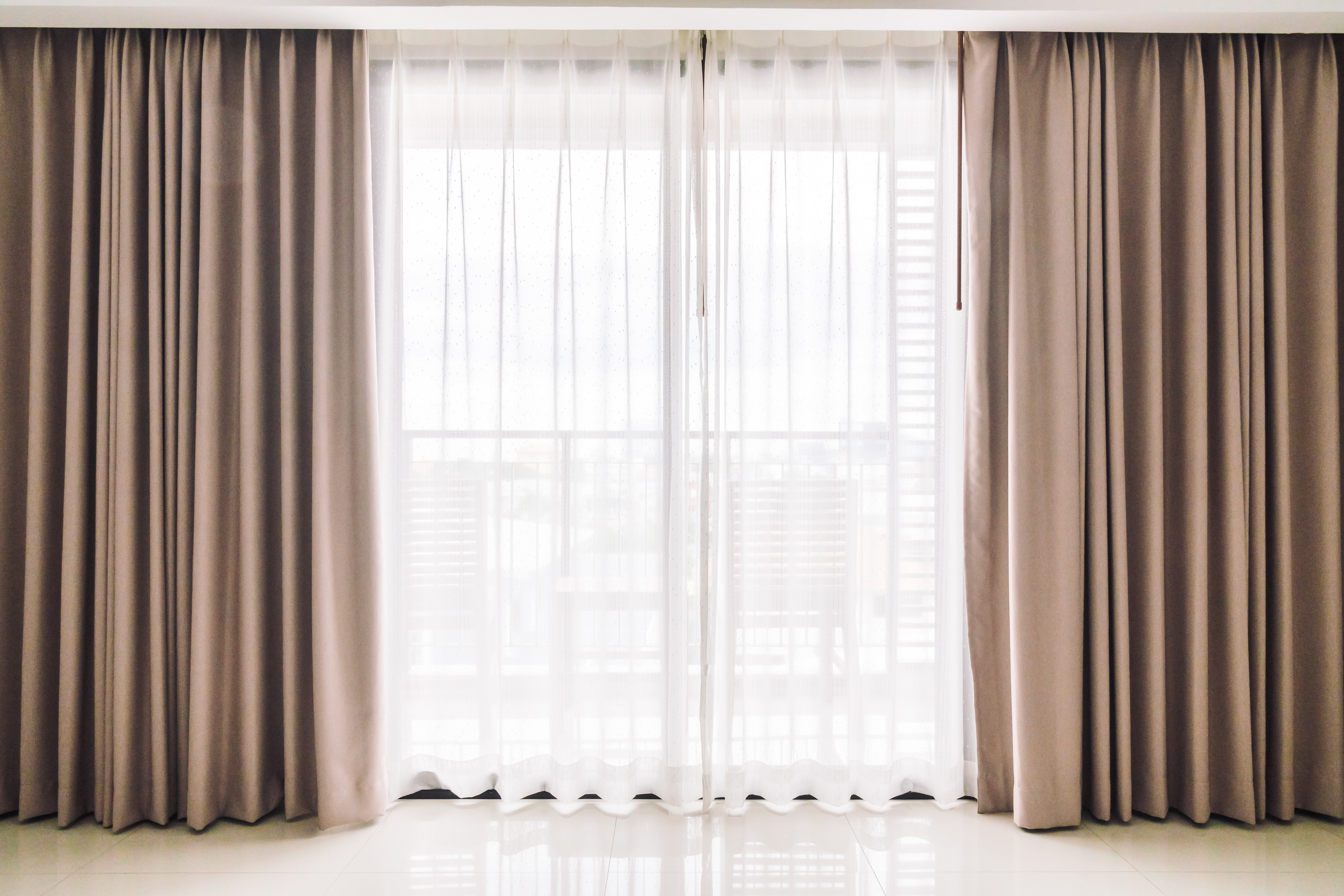
Well-placed window coverings can prevent heat from entering your home in summer and help retain warmth in winter. In summer, reflective blinds or block-out curtains can reduce heat gain, while thick curtains can act as an insulator during the colder months.
6. Shade and Ventilate
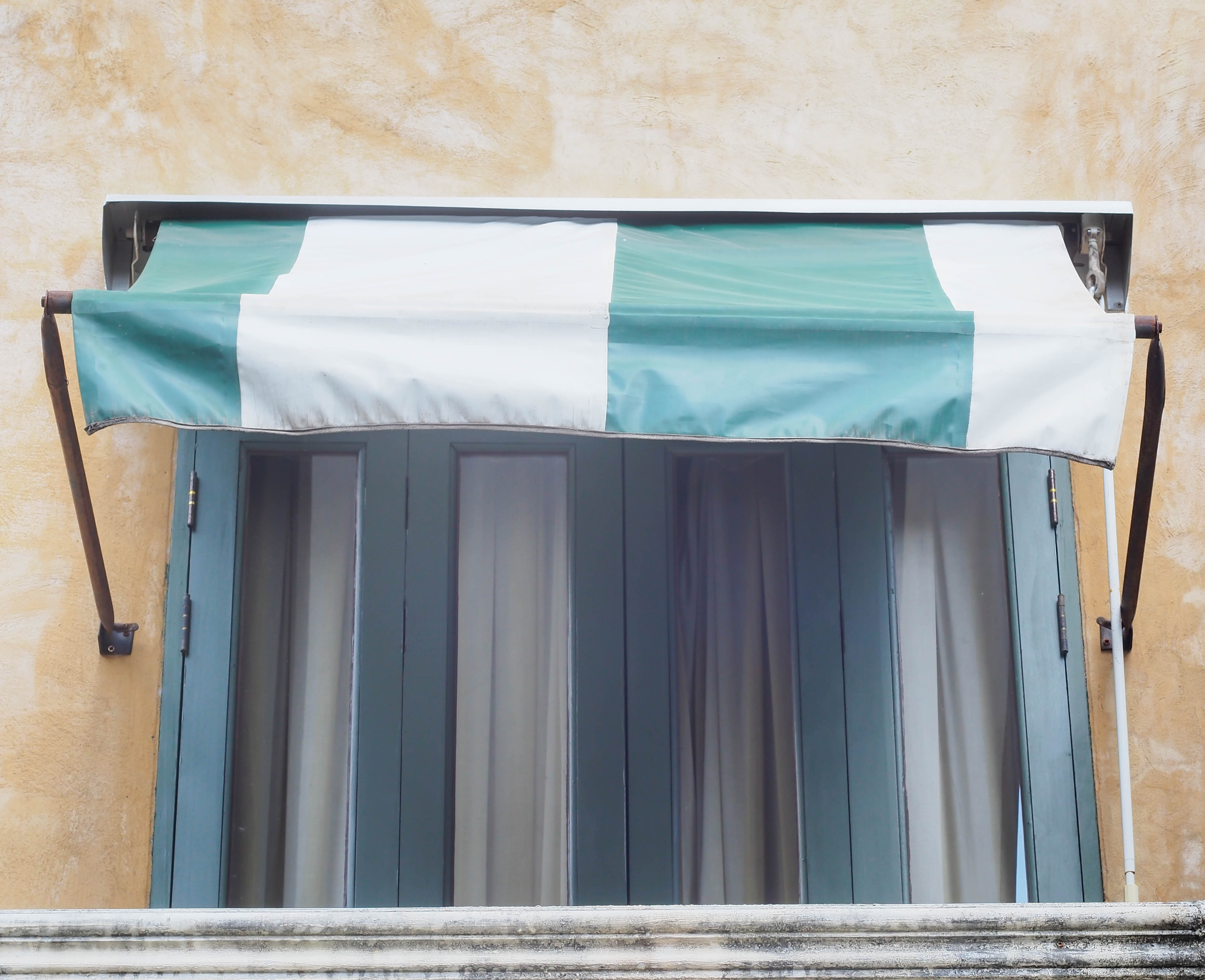
Adding external shading, such as awnings or pergolas, can significantly reduce the amount of direct sunlight entering your house. At the same time, ensuring your home is adequately ventilated can prevent it from feeling stuffy or humid in the summer. Cross-ventilation is also an effective and low-cost way to cool your home.
7. Install Energy-Efficient Heating and Cooling Systems
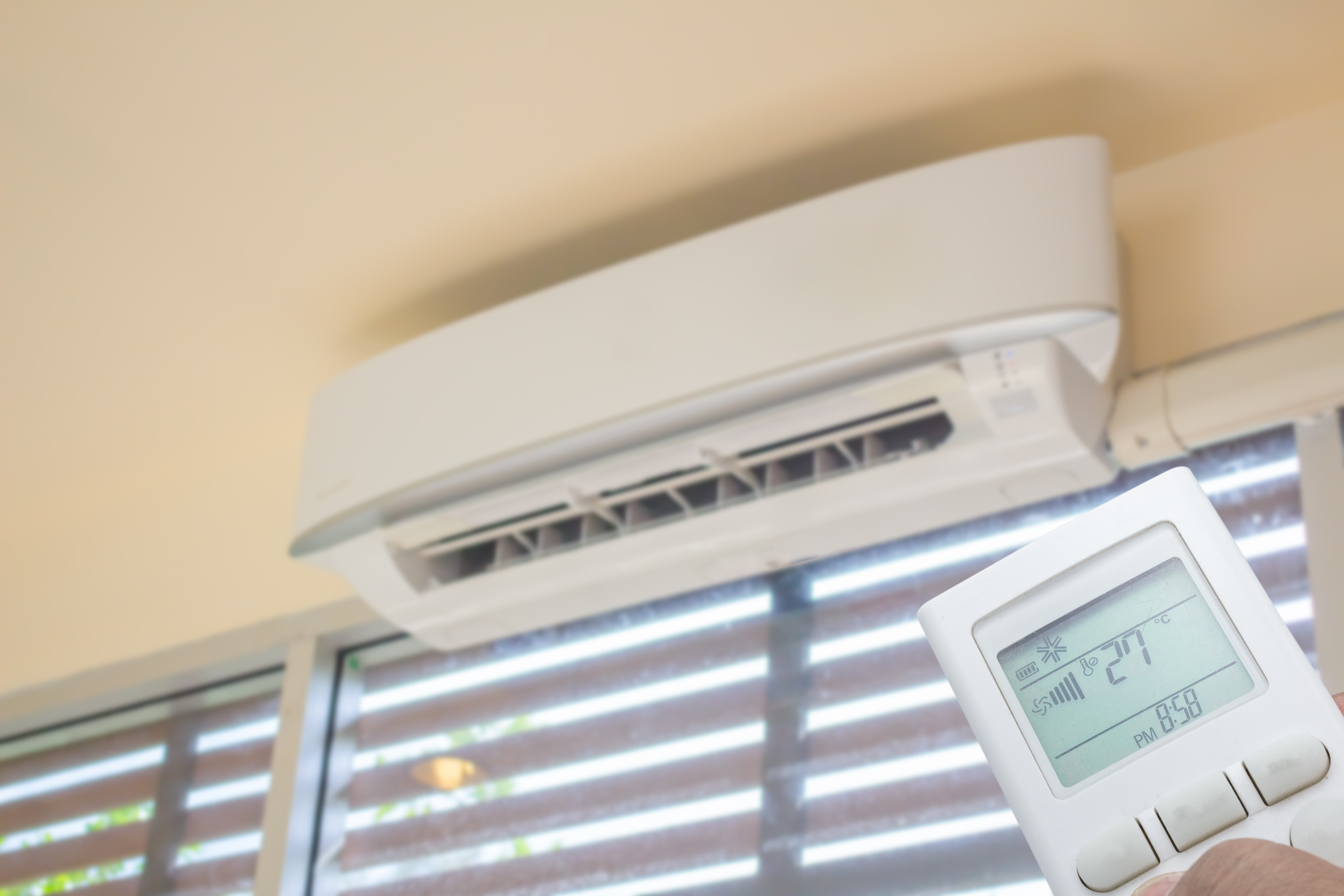
Consider upgrading to energy-efficient air conditioning units, heat pumps, or gas heating systems. These systems use less energy and are better at maintaining a stable indoor temperature. Also, using a programmable thermostat can help manage energy consumption by ensuring that your heating or cooling only operates when needed.
8. Solar Power and Hot Water Systems
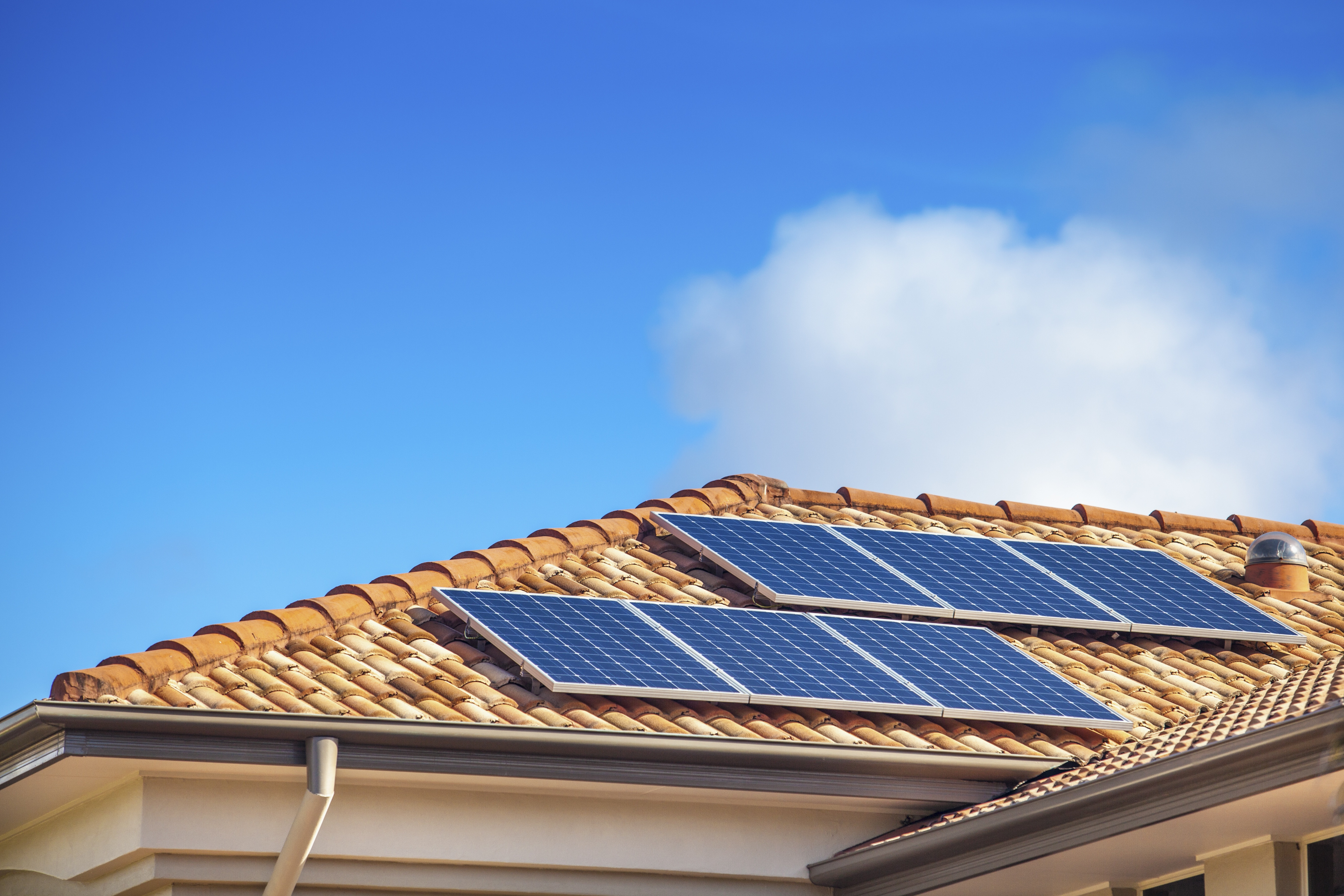
Installing solar panels can help offset the power costs related to heating and cooling your home. In addition, switching to solar hot water systems can reduce your overall energy consumption, providing long-term savings while reducing your carbon footprint.
Final Words
In conclusion, whether you're planning a renovation or looking for simple fixes, prioritizing energy efficiency will make your home more comfortable and reduce your energy bills and environmental impact. Though Australian homes are mostly too hot in summer and too cold in winter, but there are numerous ways you can take to improve your home's comfort and we have listed the most effective ones. Stick to these tips and see the environment around you getting comfortable all year round.


